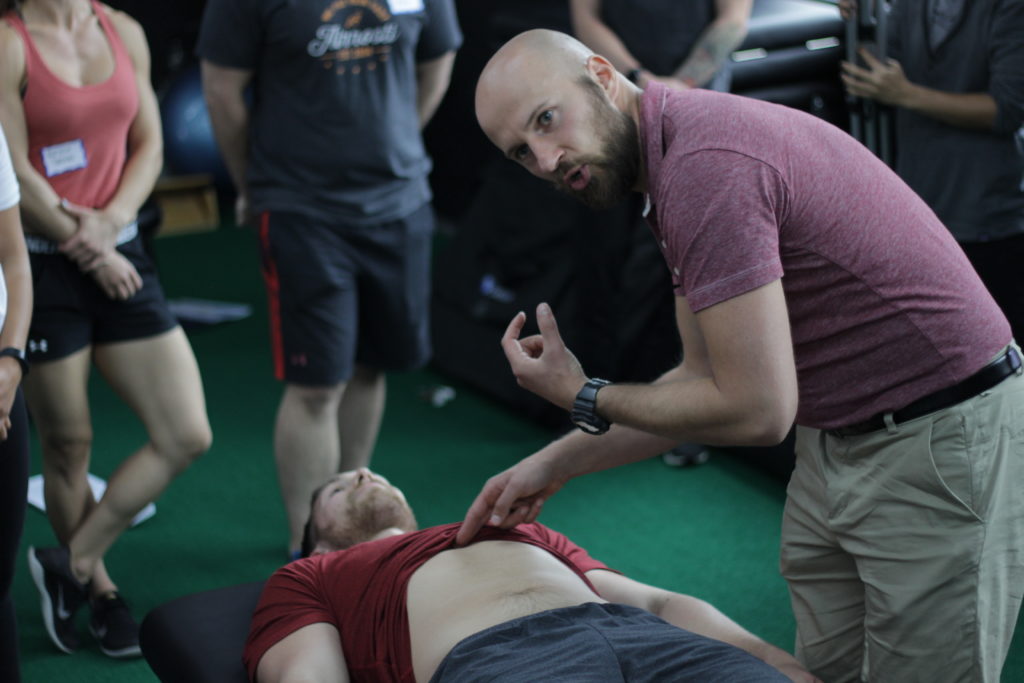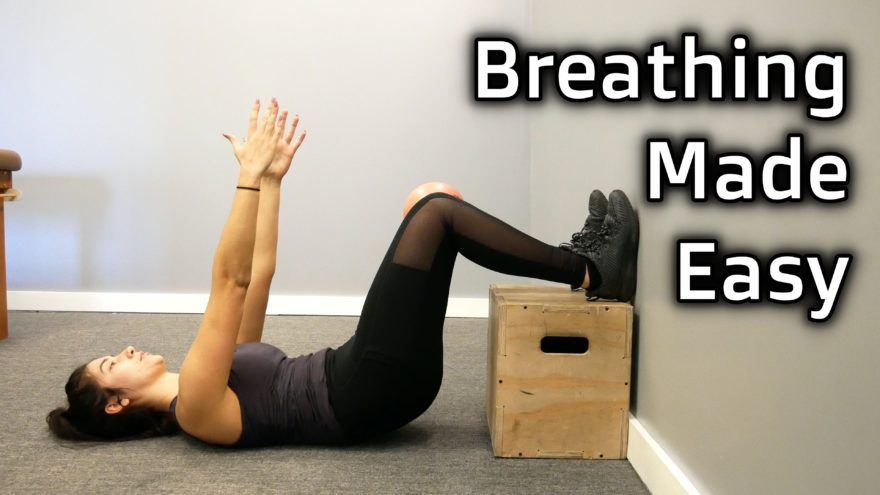The starting point for learning about breathing
This breathing stuff is confusing, isn’t it?
You hear all of this foreign terminology, see crazy exercises, and are trying to visualize where the viscera and air is going when you are doing an exercise ahhhhhhhhh!??!!
Yet you see the positive results that others get. Heck. you may even get great results just messing around with this line of thinking. You know there’s something there, but where in the hell do you even start? Maybe you’ve lost hope and don’t think you are smart enough to get it.
I want to tell you that you are wrong my dear friend. Dead wrong!
The problem with continuing education

As educators, it’s our fault. We don’t do a great job of preparing you to learn and accept the material. We don’t help you succeed. We expect you to figure it out.
That ends today.
What’s missing with all of this breathing stuff is a way to grasp the fundamentals. What are the key tenets you need to learn to better learn and apply the material taught on my site and others?
That’s why I’ve beefed up the Human Matrix Foundations course.
In this free course, you’ll get all the fundamental anatomy, biomechanics, and more that you need to better grasp all the breathing stuff you want to learn; allowing you to get those results you so desire for your client.
With this class, you’ll get the following:
- Become automatic with common breathing terminology and lingo to reduce confusion
- Develop a holistic framework to make decisions regarding your clients
- Grasp enough anatomy to better apply breathing interventions
- Assimilate normal respiratory mechanics to better visualize compensations
You can sign up for the class absolutely free here.
But wait, there’s more.
Simplify common movement compensations
It’s one thing to grasp anatomy, biomechanics, and physiology. It’s a completely different thing to apply this material.

You can have this framework in your mind, but the ways clients can compensate during movement is vast.
What if there was a way to simplify what you see?
It turns out, there is. Most compensations can be broken down into a few key strategies.
If you want to learn these strategies, then you’ll want to check out my Common Compensations workbook.
In this workbook, you’ll get access to:
- A framework that will improve your movement appraisal
- A 6-step process to improve your coaching capabilities
- A worksheet that will help you reflect on how your client performs common exercises
- A simplified process to determine what type of compensatory strategy your client is using.
If you want to look at how your clients move more simply, download the Common Compensations workbook by filling out the form below:
[yikes-mailchimp form=”4″]
